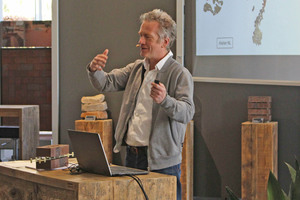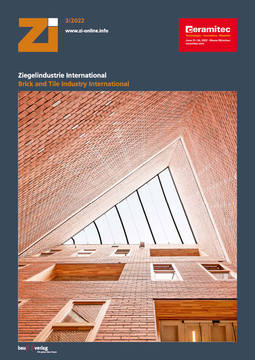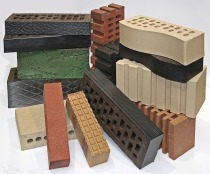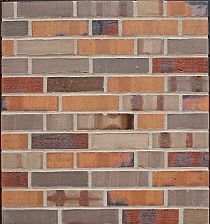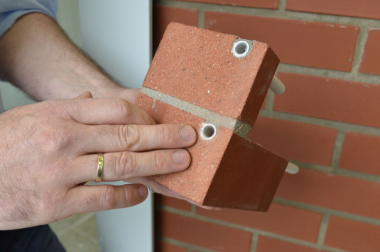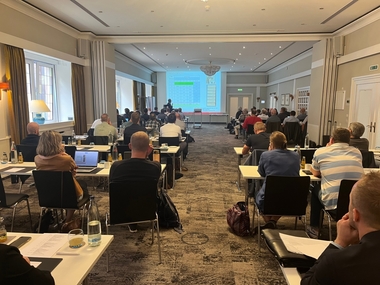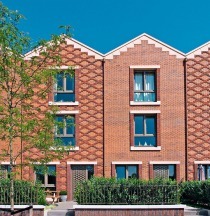Hagemeister brick seminar on sustainable architecture
Hagemeister’s brick seminar took place for the 17th time in 2022, as the company reports. After a two-year break caused by Covid, the advanced training event, which is recognized by the Chambers of Architects, was held for the first time in a hybrid format on account of the pandemic. At the beginning of March 2022, a total of 200 architects could be physically present at the event, following a strict hygiene concept, while another 150 participants followed the online event taking place parallel. “Conscious construction is very topical. The construction sector faces a formidable challenge that calls for new solutions. It is very interesting to think together with architects about what innovative ideas are out there, what new approaches creators of the built environment are taking and. above all, what contribution we at Hagemeister can make to achieve the goals of sustainable construction,” says Managing Director Dr Christina Hagemeister, explaining the relevance of the topic.
Circular construction
Machiel Spaan, founder of and architect at M3H Architects in Amsterdam, pointed out how diverse using bricks can be. “Working with brick can be both playful and precise at the same time. I love to see all the things that can be built with it.” No matter whether horizontal or vertical laying of bricks with rounded corners, exceptional ornamentation with reliefs or specially created shaped bricks that are used in the façade as plant holders – there are hardly any limits to creativity in design with brick.
This approach led Spaan onto another new method of laying bricks, which he presented with reference to building in Hoorn. This is a circular method of the construction that is already in widespread use in the Netherlands. Here the clinker bricks are laid in a new way, different to traditional masonry – the system works without masonry mortar. It is easy to build with these bricks, also with regard to their actual installation, which also combats the skills shortage in the bricklaying trade. The system consists of a clinker brick with eight specially made perforations and a dimpled plastic element that can be flexibly inserted into the perforations, either horizontally or vertically. This way, the bricks can be stacked in various ways. A very sustainable system, as the elements can be removed in their entirety or individually without any great effort or expense and reused in new projects, explained Spaan.

